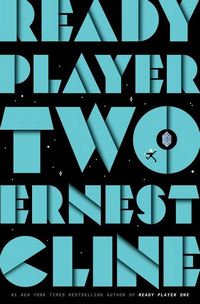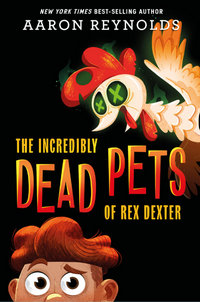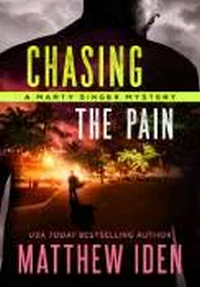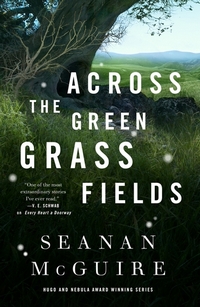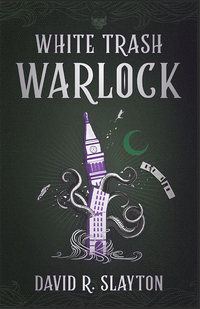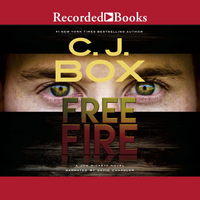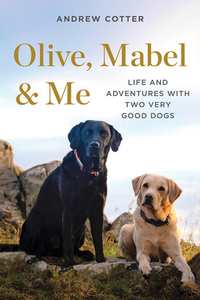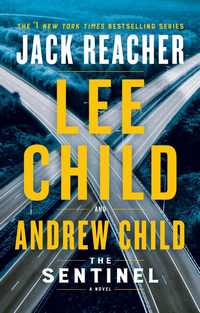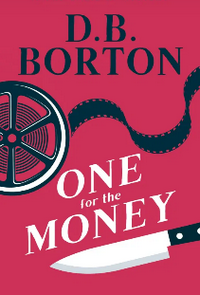For the first part of this Tour Stop, we looked at the novel, White Trash Warlock from a distance, now it’s time to dive in.
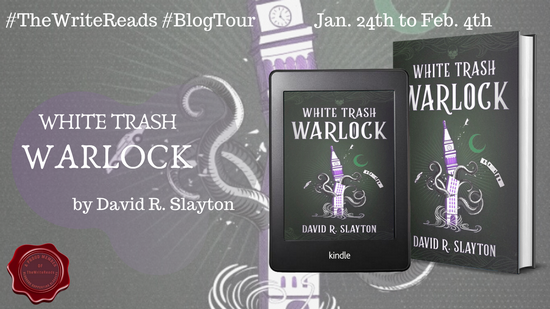

What’s White Trash Warlock About?
Adam Binder has the Sight. He can see mystical/magical beings, forces, phenomena. He can’t do much beyond that—he’s pretty lightweight in magical terms. But it’s enough that it messes up his childhood—he’s always looking at and responding to things that only he can see. A family that can’t—won’t?—see what he says worries for him and tries to get him to abandon this. After his father deserts the family and his brother becomes “The Man of the House,” they try to get him help and eventually put him in a treatment facility.
We don’t learn a lot about the facility, but it seems to be something right out of Cuckoo’s Nest. However, he does meet someone there who teaches him how the magical world works and how to use his meager abilities. He leaves the facility when he turned eighteen and now scrapes by doing car repairs for neighbors while he scours the area for items that seem to be produced by a Warlock. He’s convinced that the Warlock is—or will lead him to—his father, and then will understand how he got these abilities.
Meanwhile, his brother, Bobby, having done his duty for his brother got out of their small Southern town, went to college, and is now Robert J. Binder, M.D. in Denver. Robert’s wife has had a couple of miscarriages and isn’t coping well with them—he’s a shell of her former, vibrant self—and really should be getting professional treatment (I’m not sure why Robert has lost confidence in the profession). It wouldn’t have done any good, mind you, but he still should’ve tried—but as the book opens, Robert Sees something attached to his wife. Realizing he’s out of his depth, he calls Adam and asks for help.
Adam’s clues to the Warlock are also leading him to Denver, so he goes—killing two birds and one transcontinental drive, you could say. Once he arrives in Denver, he Sees that Annie is possessed by some sort of magical being that’s running amok through the city. We learn after a bit that this 98 lb. magical weakling is just the David necessary to take down this magical Goliath (yeah, it seems counter-intuitive, but that’s part of what makes it work).
He has to make alliances with some of the local Guardians (magical beings tasked with guarding an area) for aid, but ultimately it’s Adam versus the Big Bad for the safety of Denver.
Adam and Robert
This relationship is the most interesting thing in the book to me—there’s plenty of competition for that, I should add—the Guardians, the nature and origin of the Big Bad, Adam’s abilities, are a few examples. But it’s the brothers that captured my attention.
To start with, locking your brother up and never once visiting him to see how miserable the conditions were and how lousy the treatment was going, is not a great way to endear yourself to him. Robert would say he just wants what’s best for his brother, and was (and is) just looking out for him. He doesn’t understand why Adam just doesn’t get an education, find a respectable job and settle down to start a family—you know, be normal.
They grew up poor. Their father physically abused them and did not provide for the family at all. Their mother managed to keep them alive, but that’s about it—she was more than ready to let Bobby take over when it was time—and only signed the papers committing Adam because Bobby told her to.
Their horrific childhood left scars on both of them (physical—I assume—and mental). What happened to Adam made things worse for him, and the relationship is apathetic at best, and downright antagonistic at its worst.
Still, Robert knows who to call when he needs help. And Adam responds. They won’t admit it, but they need each other. Just neither is willing to pay the price to admit it, or do the work to restore the relationship in any way.
Yes, defeating the Big Bad seems to be what the book is about, but it all hinges on this relationship. I loved the dynamic, the dysfunction, and how that played out.
The Worldbuilding
I’m not going to describe it, it wouldn’t be fair to the novel (and I wouldn’t do that great a job at it). Ditto for the magic system.
The magic system reminds me of others I’ve encountered (more in traditional Fantasy than in Urban Fantasies), but Slayton’s take on it is pretty intriguing and fresh. His worldbuilding is very developed, it’s been a long time since I saw something this well-thought-out and constructed in the first book of a series. Both are commendable.
The Spoiler-y Things I’m Not Going to Talk About
So, the things I most want to discuss about this book are all things that are either spoilers or I’d have to spoil something to talk about. Which is pretty annoying. A couple of examples:
There’s someone I fully expected to develop and/or reveal magic abilities from the moment we meet them up until the point it’s clear that won’t happen. I’m happy that Slayton zagged there when I was waiting for him to zig. Also, I thought the way he pulled it off was really well done.
There’s a supernatural being that we’re introduced to—but don’t really get to see at work. I’ve seen this type in multiple TV series and books over the years. I’ve never, ever, ever, ever found it done successfully. Most of the time, I want to throw a shoe at the TV or the book across the room (timing has denied me the temptation to hurl one of these books at a fitting TV show—probably saving me from having to replace something). Slayton’s approach just might be the exception to the rule. It has good potential, but it’ll take at least one more book to know this for sure.
The Things that Frustrated Me
The fact that the most interesting part of the book (see above) was the least developed and explored. One honest conversation—or even a half-way honest conversation that gets cut off shortly before it finishes—and we could’ve seen some really strong development in these two as people and their relationship. Sure, it’s probably realistic that we didn’t get it. It’s a narrative choice to push it further to help with tension. I see and accept that, too. I can probably come up with a couple of other reasons to not give the reader that. That doesn’t mean I wasn’t frustrated by not getting it. It’s just not anything to hold against the book.
The romance on the other hand? Yeah, I think I’m going to. I’ve seen some references to it being a triangle (which would be reason enough to not be interested), but I think it’s more of someone not letting go of something that’s over than it is a viable option. On the other hand—the viable option . . . how do I say this? Adam himself wonders if it’s an organic, natural interest in each other, or if it’s magically-induced. I think the text is pretty clear that it’s the latter. Which makes it less a love story and more of two people coming to accept something that’s a fait accompli (even if they’re both not aware that’s the case).
Lastly, the way the book ends—both in stopping The Big Bad and launching into the second novel. I’m not complaining about what happens, just the way that Slayton told it. It felt to me* like as Slatyon’s gearing up to start the endgame portion of the novel, he’s continuing to plant the seeds for the second book/an ongoing arc that takes more than just two books to resolve, and gets so interested in that arc that he rushed the final 25-30% (or so) of the novel so he could get on to writing the stuff he was really interested in.
I was reading a hard copy, so I knew exactly how many pages were left in the novel, and my reaction was still, “Wait, what? That’s it?”
* I want to stress that I don’t think Slayton actually did this, it just felt like it.
So, what did I think about White Trash Warlock?
At this point, it may sound like I’m down on the novel. I’m not. As I’ve noted before, it takes more words to talk about a problem/frustration than it does to say something complimentary. Which really bothers me, but such is language, I guess. “The way that ____ hides among the humans and gets Adam the access to ____ that he needs to figure things out is pretty entertaining and cleverly done.” Especially without filling in those blanks, it’s hard to make that as large as the paragraph about the love story.
I liked the book. I didn’t like it as much as I wanted to. I didn’t like it as much as many other people did, based on the blog posts I’ve read since I finished. But I liked it.
I’m also plenty curious as to what happens next and I’m curious about Slayton’s development as a writer—does he figure out a better way to pace a novel and to wrap things up? (I’m betting he does). I liked the world he set up and the magic system (systems?) at work, and would like to see them both explored more—I really want to see more Guardians. There’s a rawness to the writing that makes it feel more natural than a lot of UF. There’s a brokenness—as well as a resiliency—to the characters that is compelling and draws you in. There’s nothing but potential for growth here and the series has a strong foundation.
I kept flashing back to last year’s Burn the Dark while reading this, they seem to come from a similar place and have a similar aesthetic. I’m glad to see Urban Fantasy like this (I’m sure there are precursors that I’m not thinking of at the moment), it makes me think that the genre is going to stay interesting.


My thanks to The Write Reads for the invitation to participate in this tour and the materials they provided.

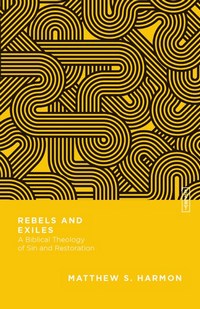


![]()


